Kraków 2012-03-20
Państwowe Zakłady Lotnicze – Wytwórnia Sprzętu Komunikacyjnego – Mielec.
PZL M-19 samolot pasażerski.
W 1977 roku Polskie Zakłady Lotnicze zawarły umowę na licencyjną budowę w kraju samolotu Piper PA-34 Seneca, znanego jako PZL M-20 Mewa. Poza licencją PZL nawiązały z firmą Piper Aircraft Company również współpracę przy projektowaniu nowego samolotu pasażerskiego o niewielkim zasięgu, zwanego samolotem regionalnym. Nowa maszyna miała bazować konstrukcyjnie na modelu Piper PA-35 Pocono zdolnego przewozić 18 pasażerów. Nowy samolot miał być od niego większy i mieć możliwość przewożenia 34 pasażerów. Uzgodniono wstępny podział prac, jakie należało wykonać, wytwórnia Piper oferowała pomoc w finansowaniu projektu i dostawach potrzebnych materiałów. Samolot miał powstawać w wersjach; pasażerskiej, towarowej i dyspozycyjnej. Ostatecznie w Mielcu, pod kierownictwem inżynierów Stanisława Jachyra i Tadeusza Widełka rozpoczęto prace nad mniejszym niż wstępnie planowano samolotem. Niestety, zbyt silne zbliżenie Polsko-USA nie podobało się Kremlowi, który wywierał naciski na przerwanie programu przy współpracy z amerykanami. Ostatecznie strona USA wycofała się z finansowania dalszych prac, co zaowocowało anulowaniem całego programu w 1979 roku.
Samolotu PZL M-19 proszę nie mylić z samolotem PZL-19 z 1932 roku.
PZL M-17 samolot szkolno-sportowy. 1977 rok.
Pierwowzorem samolotu szkolno-sportowego PZL M-17 był zaprojektowany przez studentów Politechniki Warszawskiej pod kierunkiem inż. Edwarda Margańskiego samolot eksperymentalny EM-5A "Duduś Kudłacz". Projekt ten powstał w okresie 1969r.-1971r. W 1972 roku budowy prototypu podjął się PZL-Mielec. Na czele zespołu stanął inżynier Zbigniew Paturski. Projekt został dostosowany do możliwości wytwórni, konstrukcję klejoną z blach i tworzyw sztucznych zastąpiono blaszaną nitowaną. Oznaczenie zmieniono na PZL M-17. Praca posuwała się jednak wolno. Prototyp został oblatany przez Stanisława Wasila w dniu 7 lipca 1977 roku. Ze względu na zastosowanie silnika o mniejszej mocy niż przewidział konstruktor oraz śmigła drewnianego zamiast metalowego, samolot uzyskał niższe osiągi niż planowano. W 1979 roku samolot przekazano Politechnice Rzeszowskiej.
Elementy samolotu pasażerskiego Ił-86.
Od 1977 rok, PZL Mielec rozpoczął współpracę z przemysłem rosyjskim przy budowie pierwszego rosyjskiego szeroko-kadłubowego samolotu pasażerskiego oznaczonego Iljuszyn Ił-86, zwanego potocznie Aerobusem. Samolot zabierał na pokład 350 pasażerów. W Mielcu podjęto produkcję usterzenia i powierzchni ruchomych skrzydeł. Według planów, z początkiem 80-tych lat XX wieku, PZL Mielec miał produkować całe skrzydła. Jednak do tej pracy nie doszło.
PZL M-20 Mewa. 1979 rok.
W 1977 roku Państwowe Zakłady Lotnicze zawarły umowę na licencyjną budowę w kraju samolotu Piper PA-34 Seneca, znanego jako PZL M-20 Mewa. Z Polskiej strony na czele zespołu stanął inżynier Krzysztof Piwek. W dniu 25 lipca 1979 roku pilot Tadeusz Pakuła wykonał pierwszy lot na Polskim samolocie PZL M-20 Mewa nr 1AHP 01-01 rejestracja SP-PKA. Kilka tygodni później został oblatany pierwszy seryjny PZL M-20-01 nr 1AH 002-02 rejestracja SP-PKE.
W dniu 10 października 1985 roku dokonano oblotu nowej wersji samolotu PZL M-20-02. W PZL Mielec zbudowano 20 (23) egzemplarze samolotu PZL M-20 Mewa.
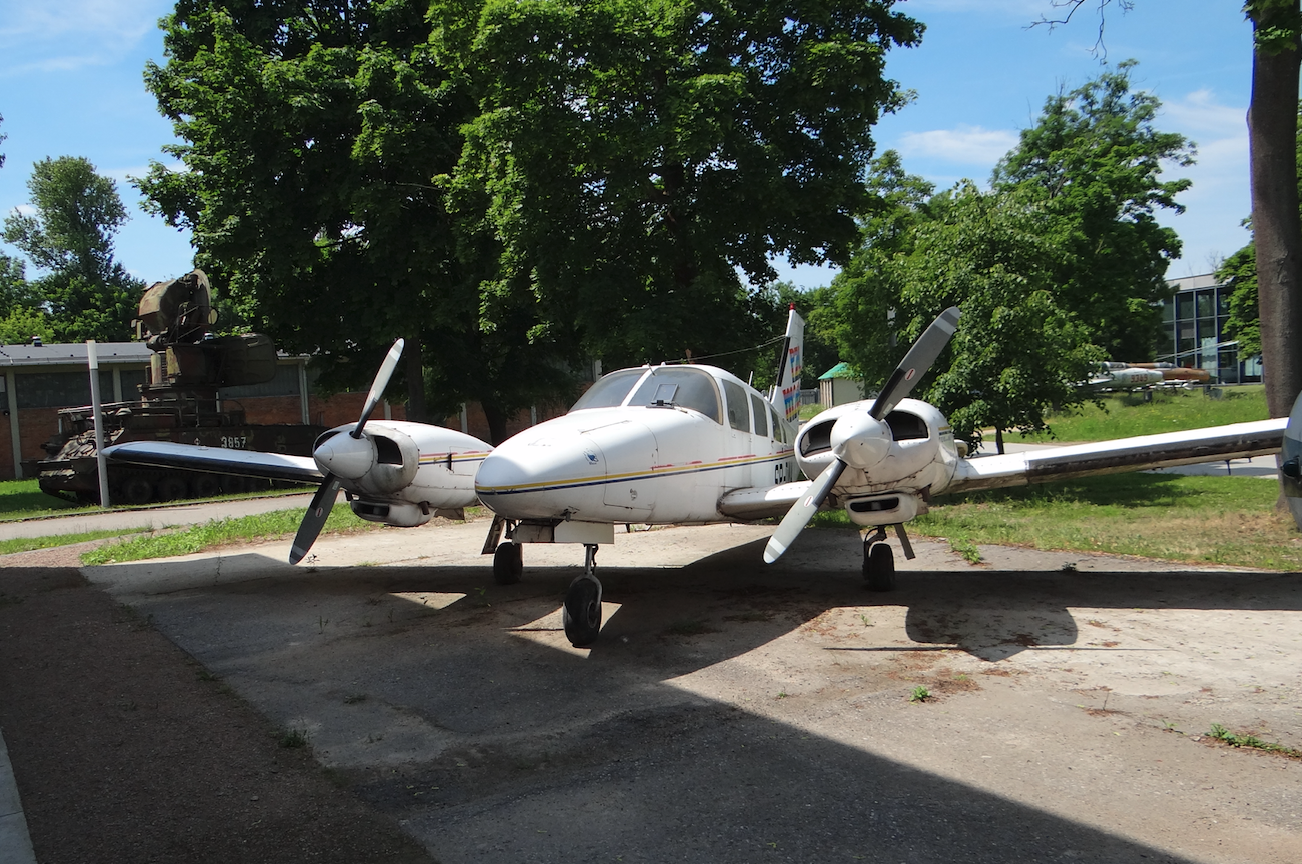
PZL M-21 Mini. 1982 rok.
Po udanym wejściu na rynek samolotu rolniczego PZL M-18 Dromader, dostrzeżono potrzebę powstania także mniejszego samolotu, o takim samym charakterze. Dlatego korzystając ze zdobytych doświadczeń przystąpiono do prac nad M-21 Mini. Na czele zespołu stanął Jarosław Rumszewicz. Prototyp został oblatany przez plota Tadeusza Pakułę w dniu 18 lipca 1982 roku. Maszyna była oznaczona PZL M-21 Mini nr 1ALP 01-01 rejestracja SP-PDM. Drugi prototyp PZL M-21 Mini nr 1ALP 01-02 rejestracja SP-PDN oblatano w marcu 1985 roku.
Antonow An-28 / PZL M-28. 1984 rok.
W 1978 roku rozpoczęły się rozmowy Polsko-sowieckie na temat uruchomienia produkcji seryjnej samolotów An-28. Z Polskiej strony pracami kierowali inżynierowie Ryszard Strusiński, Czesław Kolisz, Henryk Pilawski. W dniu 22 lipca 1984 roku pierwszy lot wykonał Polski prototyp An-28 nr 1AJ 001-02. Załogę samolotu stanowili; Tadeusz Pakuła, Władimir Tierski, Zygmunt Łapa, Walery Marejew. Rozpoczęto produkcję seryjną. Lecz upadająca gospodarka rosyjska nie była w stanie kupić wielu egzemplarzy.
Po przemianach społeczno-gospodarczych w 1989 roku samolot otrzymał oznaczenie M-28. Konstrukcja była nadal rozwijana, w wersjach cywilnych i wojskowych.
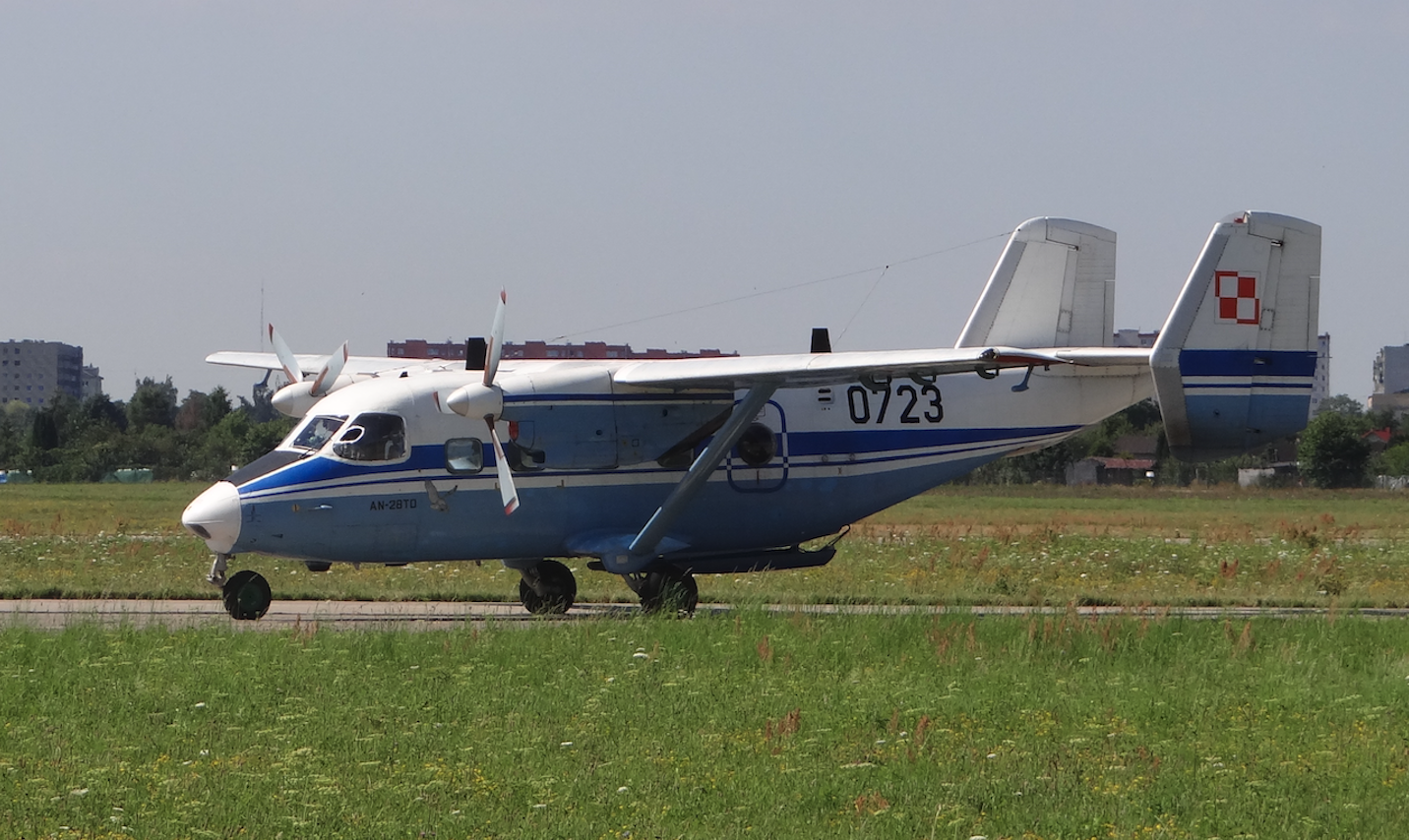
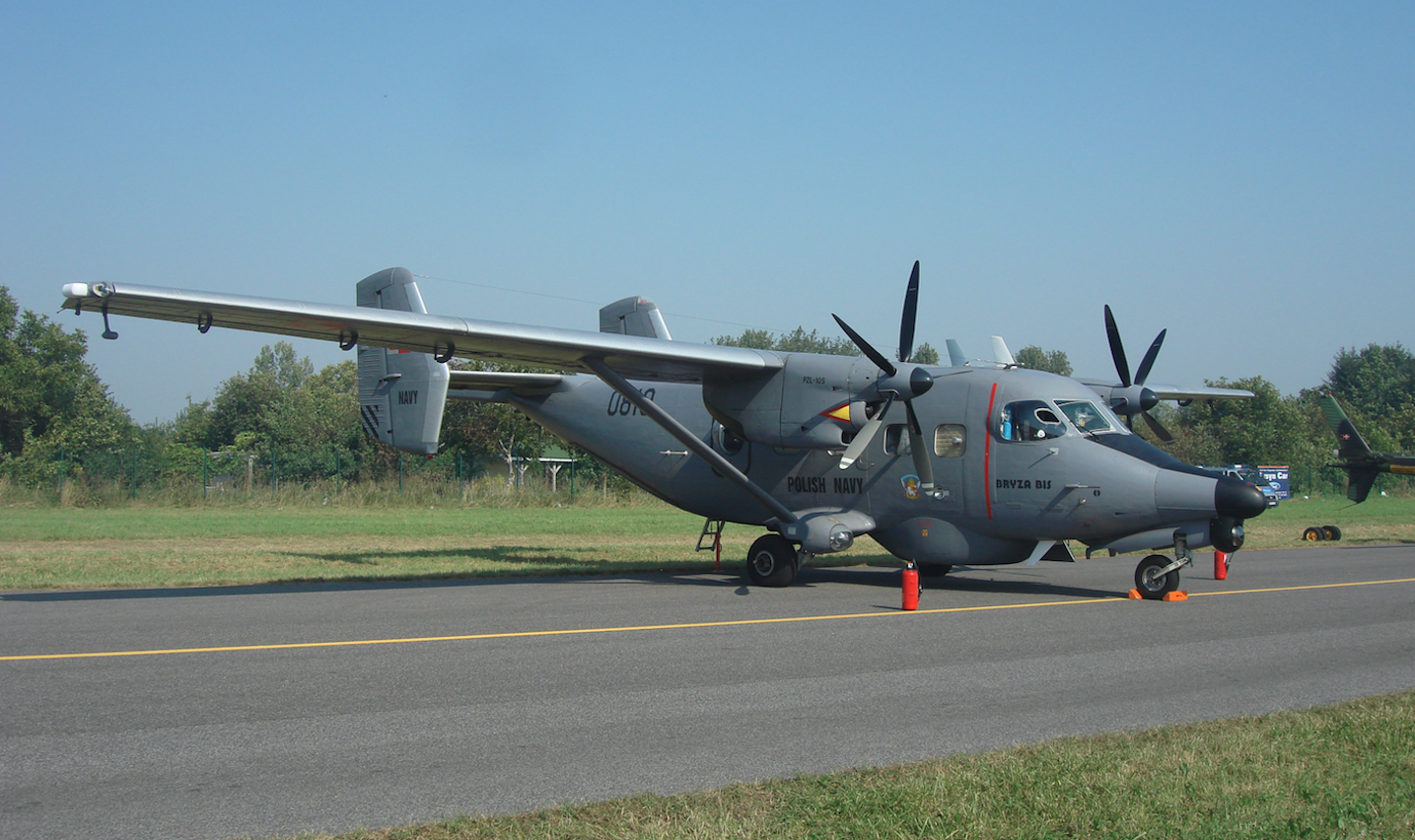
PZL I-22 Iryda. 1985 rok.
Prace nad nowoczesnym samolotem szkolno-bojowym w Polsce prowadzono od 70-lat. Zespołem kierowali inżynierowie; Alfred Baron, Kazimierz Gocyła, Kazimierz Kita. W dniu 5 marca 1985 roku pilot Ludwik Natkaniec oblatał pierwszy prototyp tego samolotu; PZL I-22 Iryda nr 1ANP 01-02.
Historia PZL I-22 Iryda jest obszernie opisana w innych artykułach.
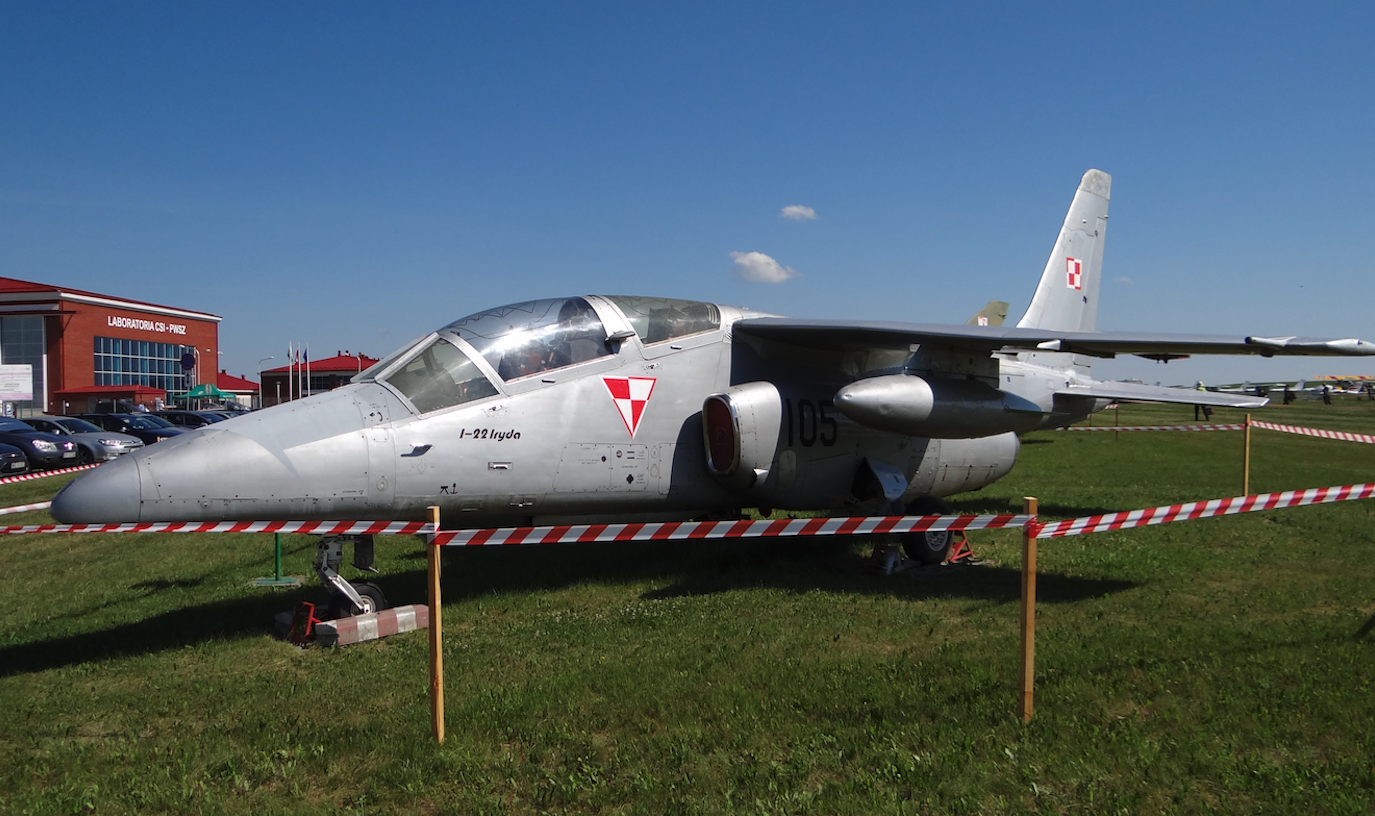
PZL M-26 Iskierka. 1986 rok.
Z początkiem 80-tych lat XX wieku zespół pod kierunkiem inżyniera Krzysztofa Piwek podjął się pracy na dwumiejscowym samolotem typu awionetka. Zespół korzystał z doświadczeń zdobytych przy pracy nad M-20 Mewa. W dniu 15 lipca 1986 roku pilot Zygmunt Osak oblatał pierwszy prototyp M-26 rejestracja SP-PIA. Kilka tygodni później ten sam pilot oblatał drugi prototyp M-26 Iskierka rejestracja SP-PIB.
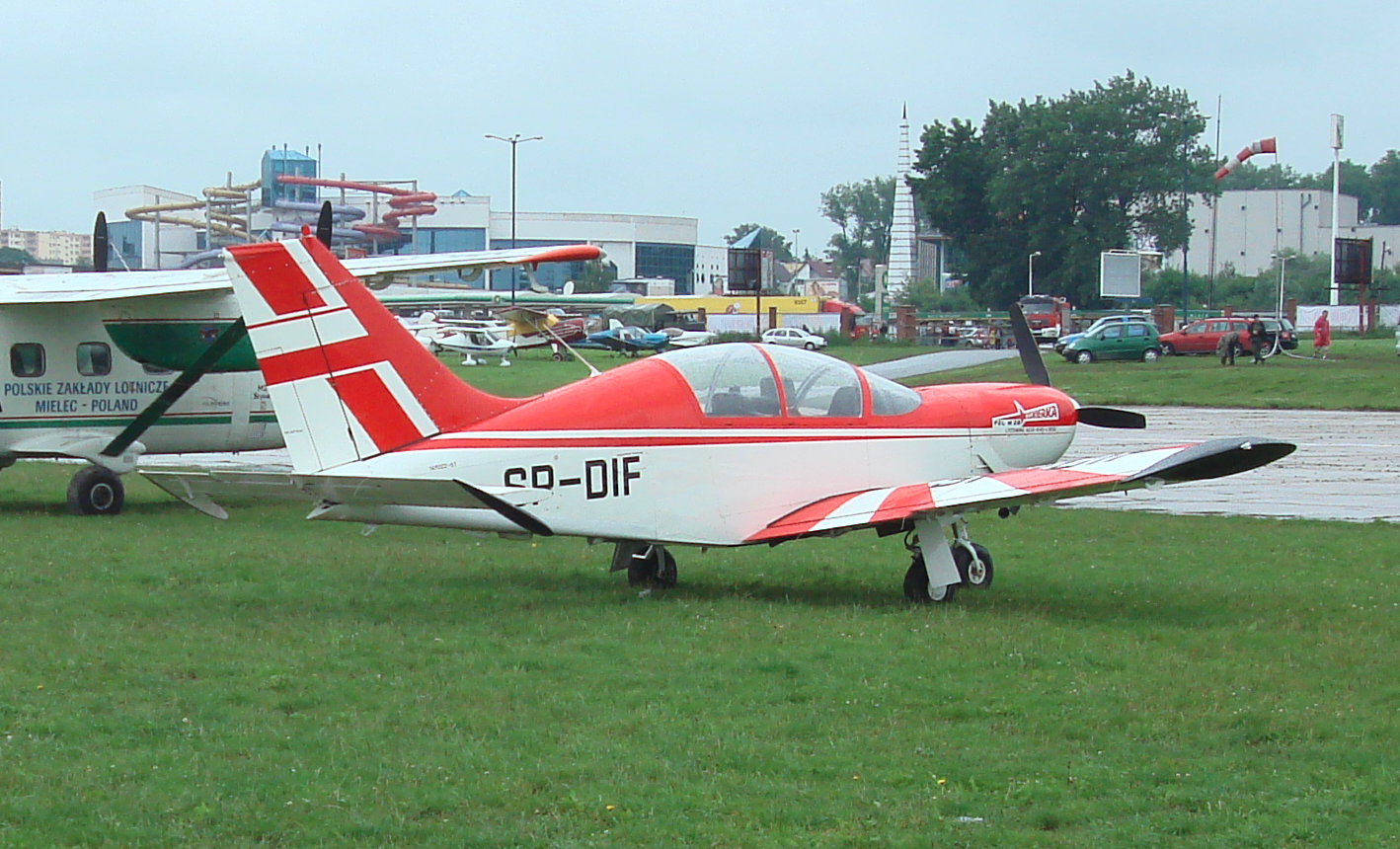
PZL M-24 Dromader Super. 1987 rok.
Konstruktorzy samolotu M-18 Dromader nie ustawali w dalszym rozwoju konstrukcji. Pracami kierował inżynier Józef Oleksiak. W 1986 roku opracowali powiększoną wersję, która otrzymała oznaczenie PZL M-24 Dromader Super. W dniu 20 lipca 1987 roku pilot Andrzej Pamuła oblatał prototyp nr 1AKP 01-02 rejestracja SP-PFA.
1989 rok.
Przemiany społeczno-gospodarcze w 1989 roku, PZL Mielec powitał z ogromnymi nadziejami. Lecz trudna sytuacja gospodarcza kraju, redukcje zbrojeń w Europie, a przede wszystkim błędy polityczne i gospodarcze, doprowadziły do trudnej sytuacji firmy PZL Mielec. W tym okresie PZL Mielec nadal rozwijał trzy programy i produkcję; PZL I-22 Iryda, M-28 (An-28), M-18 Dromader.
Szczególnie dobrze rozwijał się program PZL I-22 Iryda, który wykształcał się w kolejnych udoskonalonych wersjach, oznaczanych teraz indeksem M; M-91, M-93, M-96. W okresie 1992 – 1996, w eksploatacji w Polskim Wojsku było 8 egzemplarzy. Najlepszą wersją był samolot I-22 Iryda M-93 z awionika firmy Sagem i silnikami K-15. Niestety ta wersja nie została przyjęta przez MON. Szerzej na ten temat, piszemy w innych artykułach.
1992 rok.
W 1992 roku, firma PZL Mielec podpisała umowę na produkcję drzwi pasażerskich do samolotów typu Boeing 757. Ze strony amerykańskiej umowę zawarła firma Boeing Commercial Airplane Group, która jednocześnie była jedynym odbiorcą produkcji. Zawirowania przekształceń własnościowych w WSK PZL Mielec w pierwszej połowie 90-tych lat XX wieku, wymusiły dla zawartego kontraktu powołanie do istnienia podmiotu gospodarczego zajmujące się wyłącznie tym projektem. Tak utworzono Wytwórnię Zespołów Kooperacyjnych PZL-Mielec Sp.z.o.o. Firma zatrudniała około 30 osób. Drzwi wytwarzano, jako wyrób finalny z części i podzespołów produkowanych przez Polskie i Amerykańskie firmy oraz oczywiście WZK PZL Mielec. Wyroby finalne dostarczano do Everent w systemie „Just in time”, co świadczy o doskonałym radzeniu sobie Polskie firmy w wolnym rynku. Początkowo drzwi do tego samolotu dostarczały trzy różne firmy rozsiane po całym świecie. W tym WZK PZL Mielec. Z czasem Polska firma stała się jedynym dostawcą. Głównie za sprawą wysokiej jakości wyrobów i korzystnej ceny. W okresie 1992 – 2004, Polska firma wyprodukowała około 3 000 różnych drzwi, które zamontowano na około 500 samolotach, czyli na połowie wyprodukowanych samolotów Boeing B.757. Następnie Boeing zawarł kontrakt z WZK PZL Mielec na wyłączność dostaw części zamiennych do drzwi. Oprócz drzwi wytwarzano także inne drobniejsze elementy do samolotów Boeing 757.
1994 rok.
Rozpad CCCP dla PZL Mielec był brzemienny w skutkach. Nie dlatego, że czuliśmy miłością do Kremla. Wręcz przeciwnie. Ale dlatego, iż rynek rosyjski był odbiorcą większości produkcji. To dla Rosjan budowaliśmy; przestarzałe samoloty An-2, fatalny samolot rolniczy M-15 i inne. W dodatku byliśmy zmuszeni do korzystania z ich przestarzałej awioniki i innego wyposażenia. Słabo wyglądała sprawa promocji Polskich wyrobów na rynkach wolnego świata. Działając w systemie gospodarki socjalistycznej, niemal z dnia na dzień ogromny podmiot gospodarczy, jakim był PZL WSK Mielec, pozostał niemal sam, bez wsparcia państwa. Polski Przemysł Lotniczy był systematycznie likwidowany. Prezydent Lech Wałęsa wyprowadził wojska radzieckie z Polski, ale nie zlikwidował agentury moskiewskiej, która do chwili obecnej ma wpływy.
W 1991 roku, została powołana do istnienia Agencja Rozwoju Przemysłu S.A. Firma działała w formie spółki prawa handlowego. Jej właścicielem był Skarb Państwa, a prawo głosu na walnym zgromadzeniu wykonywał Minister Skarbu Państwa. Czyli firma była w 100 % państwowa. W rzeczywistości Agencja Rozwoju Przemysłu S.A. przejęła majątek po funduszu Zmian Strukturalnych w Przemyśle. Główna siedziba firmy mieściła się w Warszawie przy ulicy Wołoskiej. Posiadała pod sobą 8 oddziałów terenowych; Baranów Sandomierski, Katowice, Krasiczyn, Mielec, Szczecin, Tarnobrzeg, Warszawa i Wrocław.
Szczytnym celem firmy Agencja Rozwoju Przemysłu S.A. miało być wspieranie Polskich przedsiębiorstw w nowych warunkach gospodarki rynkowej. Wyszukiwanie nowych rynków zbytu, poszukiwanie nowych technologii, poszukiwanie nowych rozwiązań systemowych.
Oczywiście PZL Mielec podlegał pod Agencję, która nie tylko nie pomogła fabryce w Mielcu, ale jeszcze pasożytowała na niej. Przeprowadzane restrukturyzacje w Mielcu polegały głównie na redukcji zatrudnienia i ograniczania produkcji.
PZL Mielec nadal dysponował trzema dobrymi wyrobami finalnymi; I-22 Iryda (M-93), M-18 Dromader i M-28 (Bryza, Skytruck). Liczono, iż zamówienia z Polskiej Armii na samoloty szkolno-bojowe I-22 Iryda będą systematycznie zawierane, a M-28 będzie rozwijany, tak jak się stało w Hiszpanii w firmie CASA. Nic z tego. Zamówienia były niewielkie, a jeszcze gorsze lata nadeszły.
W 1995 roku, powstała pierwsza w Rzeczypospolitej Polskiej Specjalna Strefa Ekonomiczna EURO-PARK MIELEC. W 1999 roku w wyniku restrukturyzacji PZL Mielec stały się niezależnym podmiotem gospodarczym. Firma działa w Specjalnej Strefie Ekonomicznej EURO-PARK MIELEC.
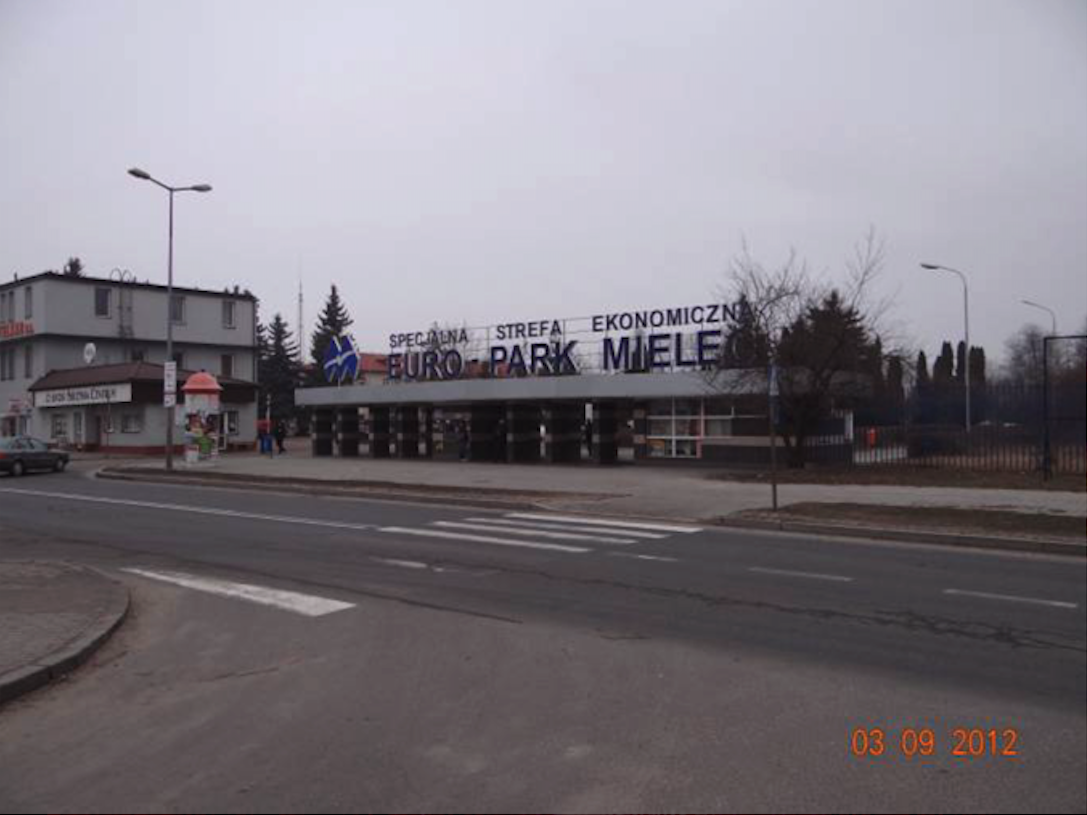
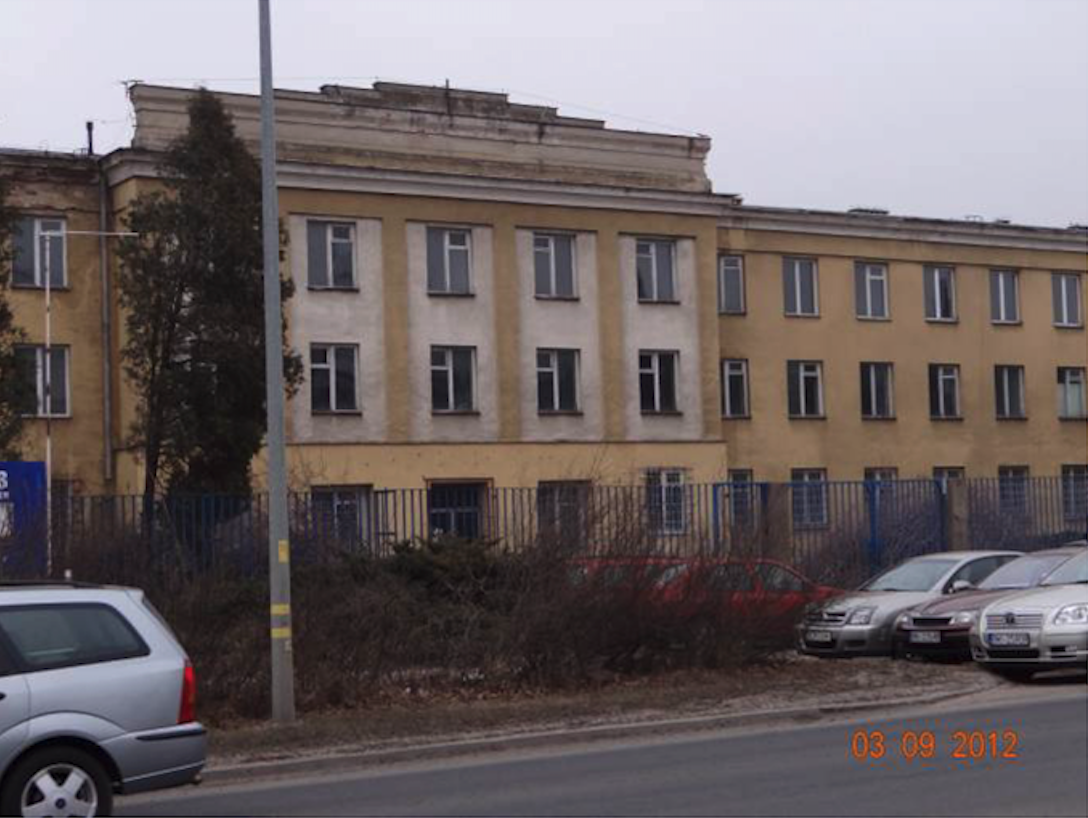
Systematyczne niszczenie firmy i marki PZL został zakończone w 2007 roku. To co pozostało po PZL Mielec zostało kupione przez amerykańską firmę Sikorsky Aircraft Corporation, która należy do koncernu United Technologies Corporation. Tak rozpoczął się nowy rozdział historii PZL Mielec i produkcja śmigłowców Black Hawk. Ale to już w osobnym artykule.
Opracował Karol Placha Hetman
